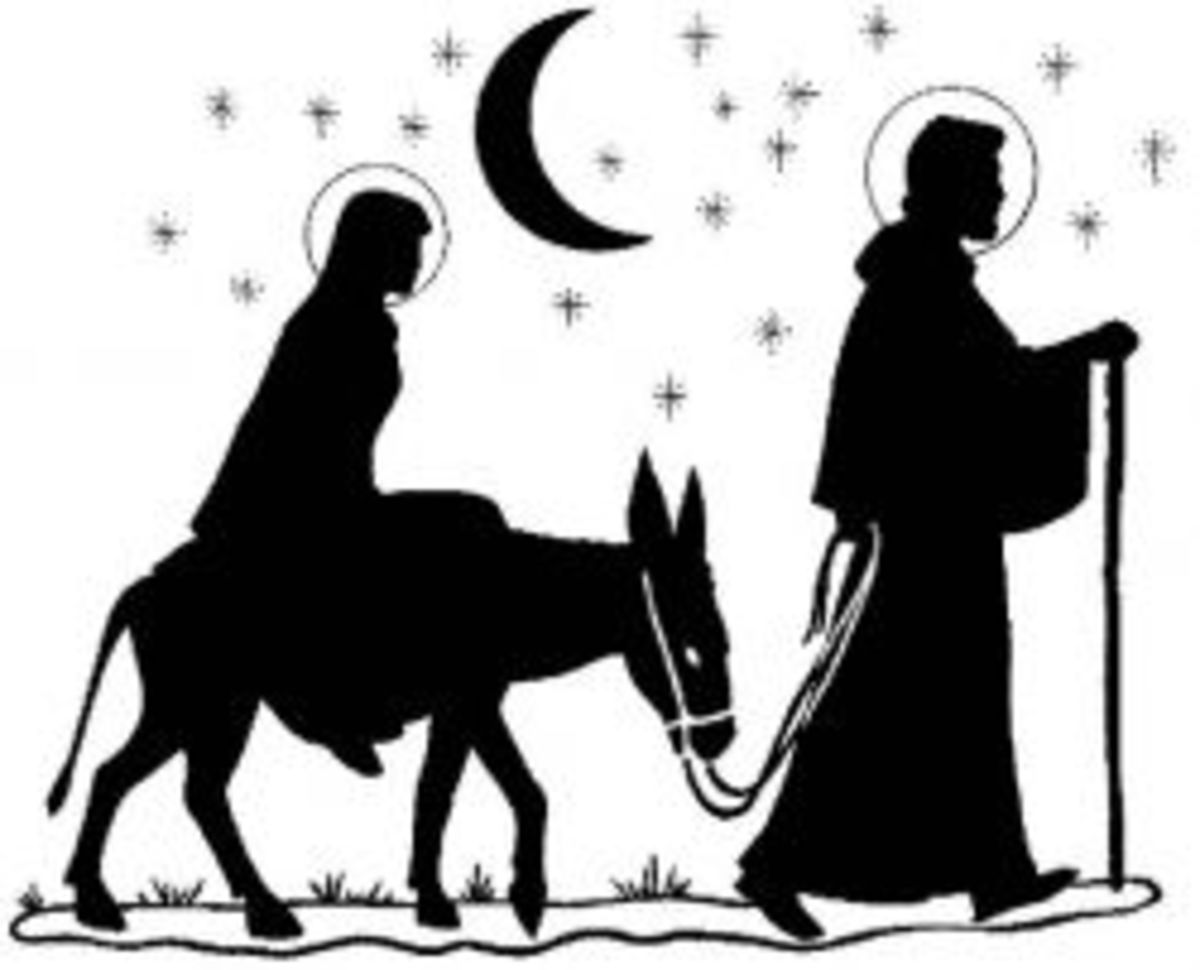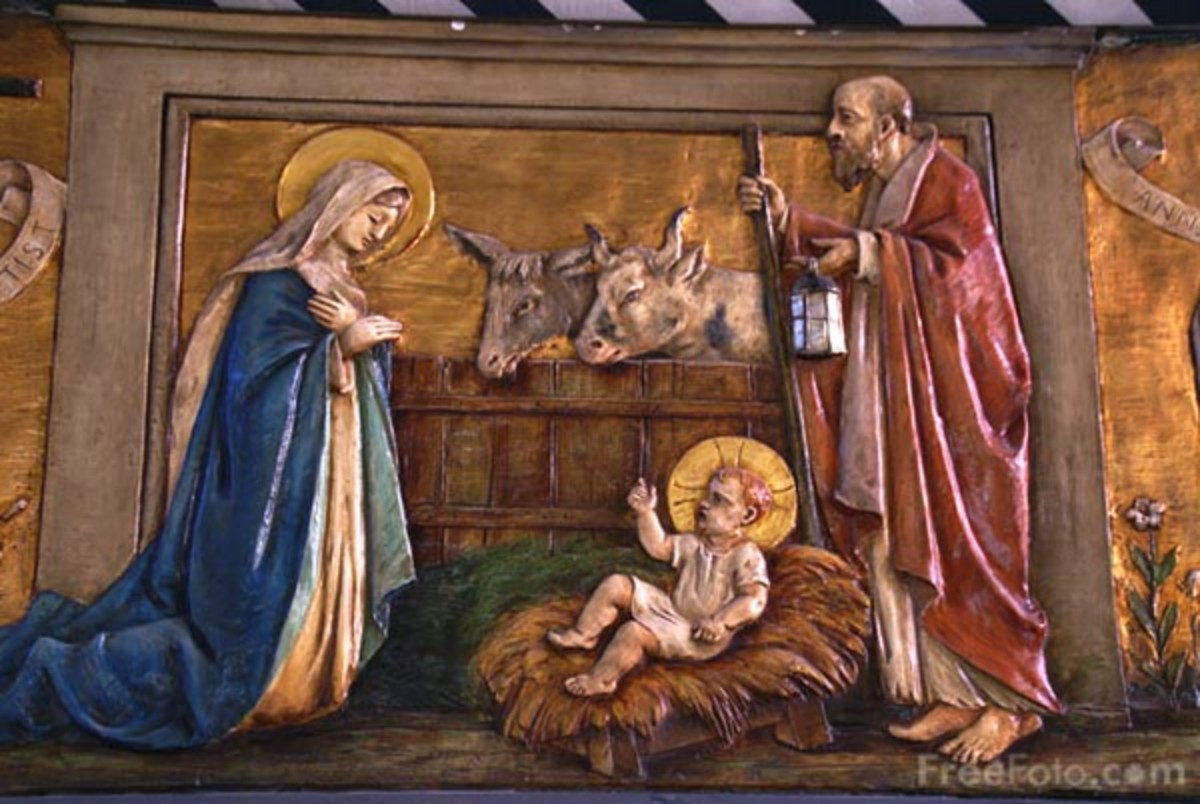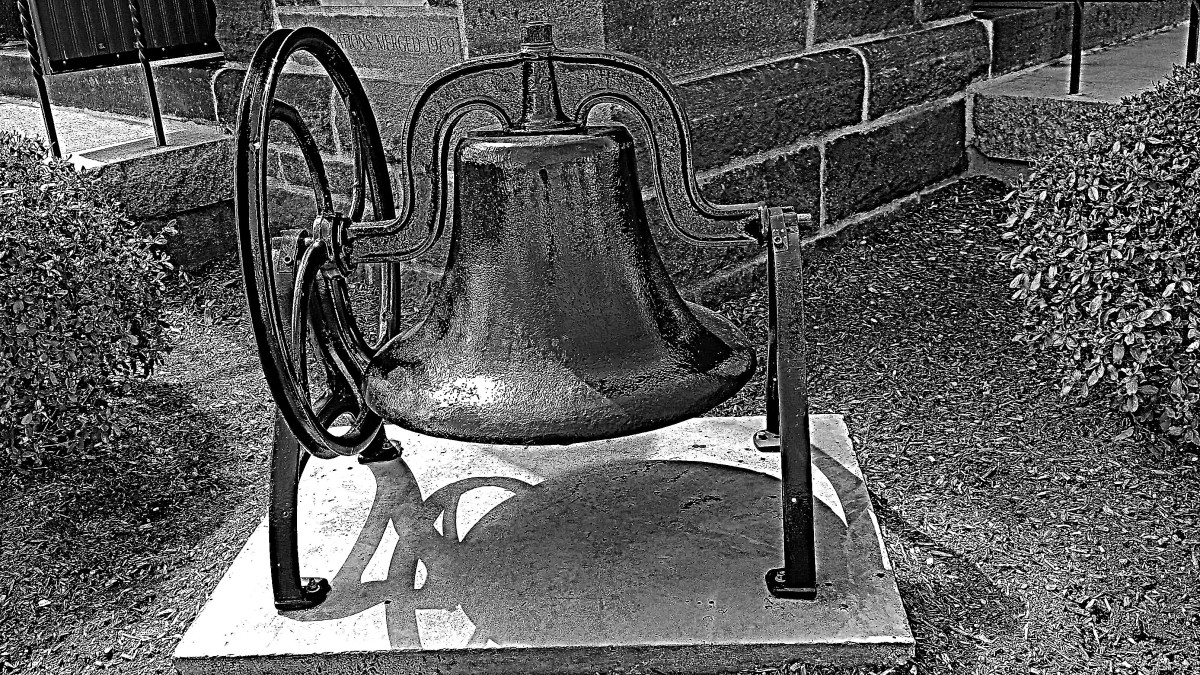The Hopes And Fears

“O little town of Bethlehem”[i] is one of the most famous Christmas hymns. Bethlehem has become almost a mythological place: Children imagine it littered with huts and populated with shepherds and sheep. In Jesus’ time, the little town had 300-1,000 inhabitants. What people might not know is that Bethlehem today is not in Israel, but in Palestine. It is a lively city with 28,000 people. One third are made up of Palestinian Christians whose numbers are dwindling.
When Christians today sing “O little town of Bethlehem” they seldom think of a real city with real people. When it comes to Bethlehem and to Christmas, Christianity has become so commercialized. Today, it’s all about Santa Claus, the Christmas Tree, the festive gifts, and the fine food. But what happened in Bethlehem some 2000 years ago was something real.
It’s a bit of a walk up to the church that marks the site of Jesus’ birth. The Church of the Nativity in Bethlehem, that sits on top of a hill, is today connected with the cave where the birth of Jesus is said to have taken place.
The Greek philosopher Origen of Alexandria (185-254) wrote:
“In Bethlehem the cave is pointed out where He was born, and the manger in the cave where He was wrapped in swaddling clothes. And the rumor is in those places, and among foreigners of the Faith, that indeed Jesus was born in this cave who is worshipped and reverenced by the Christians.”
The site of the birth of Jesus is also attested to by the Christian apologist Justin Martyr (100-165), who noted that the Holy Family—Joseph, Mary and Jesus—had taken refuge in a cave outside of town:
“But when the Child was born in Bethlehem, since Joseph could not find a lodging in that village, he took up his quarters in a certain cave near the village; and while they were there Mary brought forth the Christ and placed Him in a manger, and here the Magi who came from Arabia found Him.”[ii]
Jesus was born as a refugee-on-the-run. Due to a decree of the Roman Emperor Augustus, his family was forced to leave their hometown of Nazareth and go to their native town of origin in Bethlehem and register.[iii] Later, his family had to flee the brutality of King Herod and go into hiding in Egypt for two years.[iv]
In Micah 5:1-5, the prophet wrote:
“But you, O Bethlehem of Ephrathah, who are one of the little clans of Judah, from you shall come forth for me one who is to rule in Israel, whose origin is from of old, from ancient days. Therefore he shall give them up until the time when she who is in labor has brought forth; then the rest of his kindred shall return to the people of Israel. And he shall stand and feed his flock in the strength of the LORD, in the majesty of the name of the LORD his God. And they shall live secure, for now he shall be great to the ends of the earth; and he shall be the one of peace.”
Bethlehem was, is, and likely always will be, just a small town—a small town steeped in ancient history. If a historical marker were posted at the center of this town in the first century—if indeed such historical markers were even posted—it would have commemorated the town as the birthplace and backyard of King David, the mighty giant killer. The beloved son of Bethlehem put the town on the map 1,000 years earlier. Perhaps one day, the town on top of the quiet hill will pull off another landmark event in her history again. Dusty scrolls left by ancient prophets foretold of such glorious things.
If we turn back time and return to one night in particular, what will we find? We will come to a place that is surrounded in silence. For the moment, the prophecies are shrouded in mystery. Everything is now hushed. The promise of a coming King is muffled by the pressing priorities of life: raising grain, raising sheep, raising children, and raising enough money to pay for the unjust taxes.
But this night, the registry is closed and the crowded town settles down. The census travelers, returning home to be counted, find the time to finally sleep. As the song says, “O little town of Bethlehem, how still we see thee lie.”
The town is cloaked in calmness. There are no phone calls to interrupt us, no tweets or blogs to break our silence. For one brief moment in time, we are allowed to imagine a much slower pace—a much quieter place. No televisions, no headphones, and no computer games. No jets, no trains, no traffic, and no ambulances racing down streets at breakneck speed. In perfect stillness, we witness a silent invasion, like a blizzard of snowflakes twirling silently to the ground while blanketing the sin-polluted world in brilliant holiness.
As Advent unfolds, we slow our pace to match the promised child’s pace as we read the holy story more slowly. We don’t dare to rush through the pages in the Bible. We camp upon specific passages of Scripture and warm ourselves over their life-giving words. We are awestruck as we behold the new beginning: The coming King making his entry into the cold corner of a barn-like cave that reeks of animal manure. In the quietness of night, the royal child rests softly upon a rough feeding manger. It is lined with fresh hay reaped from the sinful soil of a broken world in desperate need of mending.
This is the Christ child who will one day die in the daylight that will be swallowed up in darkness. But right now, he rests in Mary’s arms in a dark night transformed into a starlit day. The silent stars shine upon the blessed child as the angels watch in wonder singing praises for God’s wondrous gift to humanity.
Without warning, this same Christ enters human life like he enters this barn-like cave. As he steps into the messiness of sin and shame, it catches us off guard. Are you not surprised? Are you not ready for him? Doesn’t it all seem so sudden? But this is the best place to be—to be taken by surprise, like the little town of Bethlehem.
Advent means that the Christ invades our questionable places where the preparations are utterly inadequate or incomplete at best. You’ll be tempted to warm up the cold barn-like cave with portable heaters. Don’t. You’ll be tempted to sweep out the soiled hay and air-out the animal odor. Don’t. You’ll be tempted to roll out a comfortable mattress and a fluffy pillow. Don’t.
When our Deliverer draws near, there’s no time to sweep up the mess. There’s no time to clean up your act. There’s no time to cover up your sin. Christ comes, not to place crisply-wrapped boxes around our cleanly-decorated trees. No. The Holy One of God arrives suddenly, unexpectedly, in the middle of our swamp—to wade and wallow in the stench of our lives. He steps into our sin-drenched world to seek out the lost and find us JUST AS WE ARE: people who are poor, wretched and blind in need of pardon, cleansing and relief.
This is the message of Christmas.
On the day of Christmas, we gather together to praise the Christ who broke into the stillness of a little town when he descended into sinful humanity. We beg the Christ to break into our lives and cast out the sin that cannot be scrubbed away or bleached white by any human-made self-cleaning detergent.
So where is the gospel in all of this? The gospel or the good news of Jesus Christ is this:
God came into our weary and wounded world. He chose to enter our fearful planet and live among a people who have lost all hope. Christmas night is where the Christ child met the hopes and fears of all the years. This story is not a myth or a tall tale told to strip us away from the truth. The good news is that God became one of us—ONE LIKE US.[v] He came as a weak and defenseless child. And yet, through his weakness he grew strong[vi]—conquering sin and death.[vii] Christmas is God’s promise to us that we will have eternal life in his Son, unending peace on earth, and a glorious future in his presence.
[i] Oh Little Town of Bethlehem, Songwriters: Lewis H. Redner, Phillips Brooks, Cam Mullins.
[ii] Justin Martyr, The Dialogue with Trypho (chapter LXXVIII).
[iii] Luke 2:1-7.
[iv] Matthew 2:13-15.
[v] Hebrews 2:14.
[vi] Luke 2:40, 52.
[vii] 1 Corinthians 15:55-57.
© 2016 Gicky Soriano








